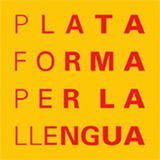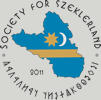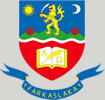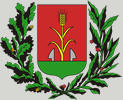Budapest, 2021.01.08.
The Waves of Regionalism
Europe saw various phases of regional movements for autonomy or secession in the name of self-determination.1 Regional, nationalist mobilisation lies at the heart of the dissolution of multi-national states (e.g. the Soviet Union, or Yugoslavia); the federalisation of others (e.g. Belgium by the Flemish movement); or the creation of asymmetric regionalism elsewhere (e.g. the five special status regions of Italy). If we consider the movements of the eighties as the first wave of regionalism (as did e.g. Rudolf Joó in his influential work ‘Ethnicity and Regionalism in Western-Europe’), a second wave emerged after the political transitions of Central-and Eastern Europe. With this geographic expansion, a "multi-speed" regionalism began to develop. While communities behind the former iron curtain usually struggle for more recognition or greater self-governance through autonomy arrangements, others - mainly western-European movements (e.g Catalonia, Flanders, Scotland) - transformed into independence movements over time.
Arguably, there is a possibility for a new wave of regionalism within the European Union. A wave focusing on a factor that is equally important for national communities in the West, and the East: the shear preservation of their regional cultures, and identities, as well as the policies that can lead to it. If, and to what extent, this possibility can be realised depends on the ability of traditional national communities, and stateless nations of the EU to formulate common goals, and step up to represent these united. It is exactly this proactive solidarity that the European citizens’ initiative for national regions aims to achieve.
Organisers of this initiative believe that the EUs regional development policy should pay special attention to regions with ethnic, cultural, or linguistic characteristics that are different from those of the surrounding areas (such as Flanders, Catalonia or Szeklerland). In short, they call these areas national regions. These regions should receive proper financial support from the EU to preserve their distinct culture, language and identity within their respective homelands. The initiative invites the European Commission to implement its obligations under the Founding Treaties, and actively contribute to maintaining the cultural and linguistic diversity of the EU. The organisers of the initiative aim to achieve equality among regions and the sustainability of regional cultures.
The Interests of National Regions
The idea of this initiative came from a lesser-known national region called Szeklerland. As a 13.500 km2 large area located in south-east Transylvania in Romania, Szeklerland is home to about 800.000 people including around 650.000 Hungarian-speaking Szeklers who, while being part of the Hungarian cultural nation, possess a marked regional identity, including their own flag, coat of arms, national anthem, and their own separate identity and customs. While Szeklerland used to be a border region of the Hungarian Kingdom, it became a central part of Romania after World War I, as a consequence of the Treaty of Trianon. Szeklers have been struggling to maintain their identity for 100 years now against Romanian administrations that were hostile to the community in many different ways. Economic discrimination artificially generated poverty among Szeklers, while at the same time the ethnic composition of the area was altered by means of bringing in Romanian labourers to local industrial plants, throughout the XX. century.
One of the driving forces for the organisers to engage in this initiative was the rather unfortunate practice of Romanian governments to economically discriminate against the Szekler community even after having acceded to the European Union. The central governments only transfer a disproportionately low amount of EU-funds to areas inhabited predominantly by the Szekler community, relative to areas populated by the Romanian ethnic majority. As a consequence, the economic gap between Szekler and Romanian territories has been widening ever since Romania joined the EU in 2007. This practice, while manifestly violates the law of the EU, is not isolated. Other countries (e.g Slovakia) are doing this too.
It goes out from the above that the most basic expectation that the organisers of this citizens’ initiative have, vis-á-vis the legal act they wish to achieve, is to have proper legal barriers within EU law to prevent EU Funds being utilised in a discriminatory manner, to the detriment of traditional national communities and stateless nations.
The element of legal recognition is equally important on the list of goals of this initiative. What the organisers wish to achieve is for national regions to become legal entities of community law. If they succeed with this endeavour, then national regions would have a new set of legal and legitimate tools to channel their own national aspiration directly into the decision-making system of the EU. To this end, these national regions need recognition first, especially due to the fact that there are certain national regions that span internal administrative borders or even state borders. Szeklerland for example is divided into three administrative units (Maros, Hargita, and Kovászna), as part of the classic divide et impera tactics of Romania. There is also, for example the Països Catalans, Euskal Herria, or Tirol. All three are cross-border national regions. The first includes the Catalan areas of southern France as well as Catalonia, Valencia or the Balearic-islands, the second includes the Basque territories of Iparralde in France, and Hegoalde in Spain, and historical Tirol stretches across the Brenner on both the Austrian as well as the Italian side. The success of our initiative could codify the existence of these national regions within EU law.
Apart from solving these problems, the organisers also want this initiative to address a series of other challenges that national regions face. There are languages for example that face extinction, like the Irish, Breton or Sámi languages. It is the duty of the legislators of the EU to assist the speakers of these languages in their struggle to preserve their language, given that it is an obligation of the Union under the Founding Treaties to preserve the cultural and linguistic diversity of the EU through affirmative actions.
Non-discrimination, equality, recognition, and maintenance of identity. These are the common goals of national regions.
Perspectives
The organisers already collected over 1.350.000 million signatures across Europe, involving several NGOs, municipalities and political parties. They managed to involve four umbrella organisations in this work: EFA (European Free Alliance), ELEN (European Language Equality Network), FUEN (Federal Union of European Nationalities), and ICEC (International Commission of European Citizens). The initiative was able to reach out to audiences with the most diverse background. This movement goes beyond political cleavages and integrates organisations and citizens with a variety of different world-views in an informal network. The movement is not a competition for parties, it has a genuinely civic core. It is not an adversary but an ally of other movements, and umbrella organisations engaged in advocacy work for traditional national communities, peoples and stateless nations of Europe.
The importance of this movement goes way beyond the signature collection process itself, and aims to strengthen solidarity among the traditional national communities of Europe. All organisations that have a European vision for their respective communities should feel free to join this new wave of regionalism. Irrespective of the often diverging goals of national communities of the eastern-and western parts of the continent, the common ground for joint action is the shear fact that the inhabitants of all national regions cherish their language and culture, and wish to preserve their special identity within their respective homelands. Hence, the possibility is open for national regions around Europe to join forces and magnify each other’s voices in the international community. The opportunity is knocking on the door for each and every national region to transform their own national aspirations into a European issue with the help of other stateless nations. National regions united are a formidable power in the EU. This power is starting to become visible in the new wave of European regionalism.
Dr. Attila Dabis
Political scientist


 ENGLISH
ENGLISH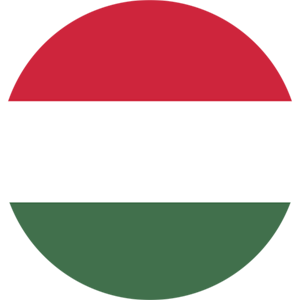 MAGYAR
MAGYAR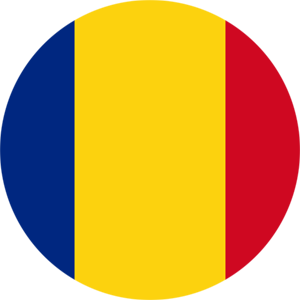 ROMÂNĂ
ROMÂNĂ DEUTSCH
DEUTSCH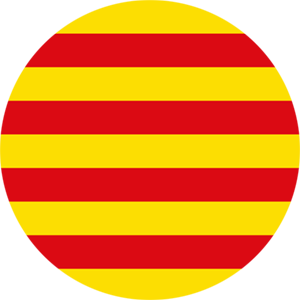 CATALÀ
CATALÀ SARDU
SARDU ESPAÑOL
ESPAÑOL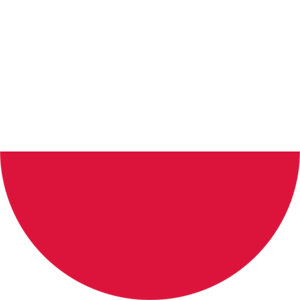 JĘZYK POLSKI
JĘZYK POLSKI FRANÇAIS
FRANÇAIS EUSKARA
EUSKARA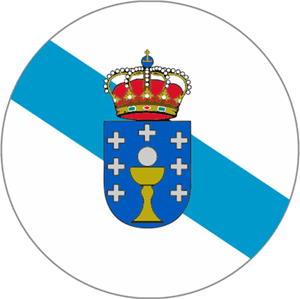 GALEGO
GALEGO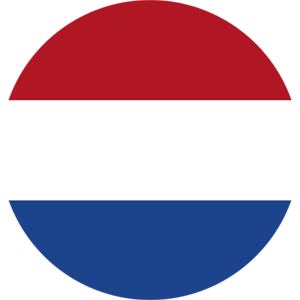 NEDERLANDS
NEDERLANDS BREZHONEG
BREZHONEG



